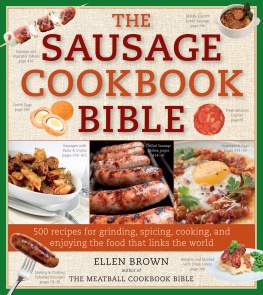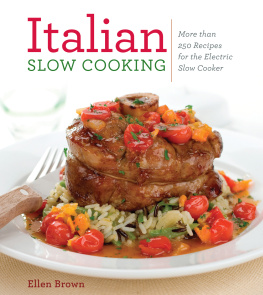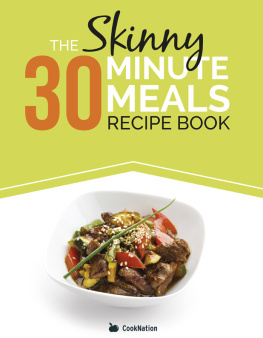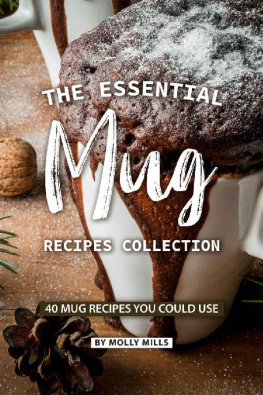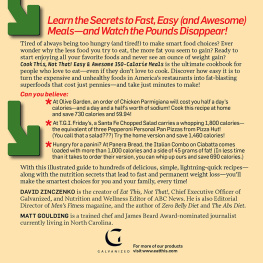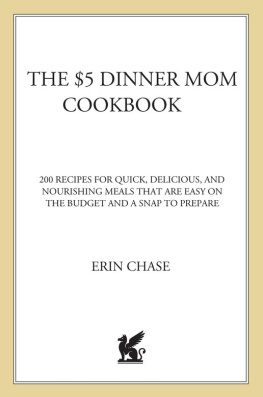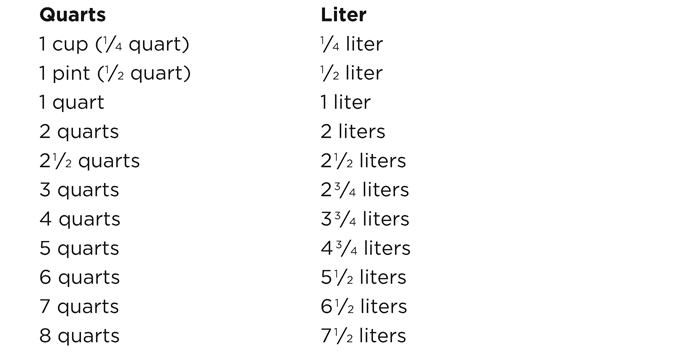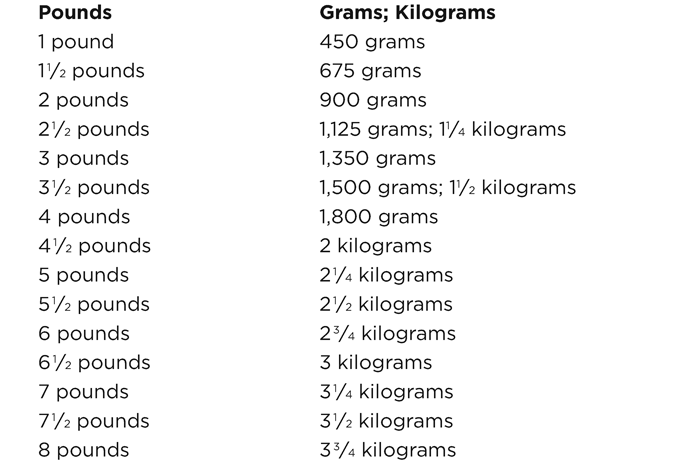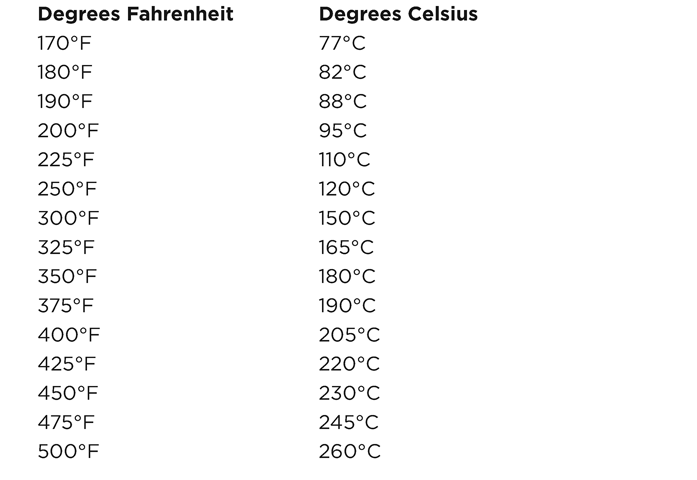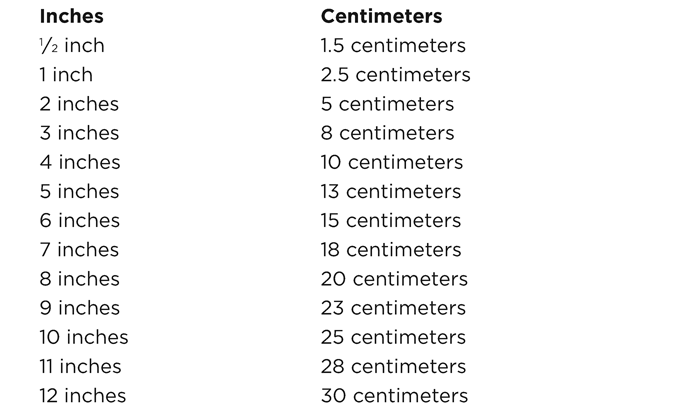Acknowledgments
Theres only one name on a book, but it takes a team to bring it to fruition. My thanks go to:
Karen Konopelski, my nutritional consultant, for her insights and for allowing me to tap her knowledge as well as her database.
Eugene Brissie, of The Lyons Press, for his support.
Ellen Urban, of The Lyons Press, for her editorial guidance and great humor through the production process.
Jessie Shiers, for her eagle-eyed copyediting.
Tigger and Patches, my furry feline companions, for their hours of snoozing in my office to keep me company.
Appendix A:
Metric Conversion Tables
The scientifically precise calculations needed for baking are not necessary when cooking conventionally. The tables in this appendix are designed for general cooking. If making conversions for baking, grab your calculator and compute the exact figure.
CONVERTING OUNCES TO GRAMS
The numbers in the following table are approximate. To reach the exact quantity of grams, multiply the number of ounces by 28.35.
CONVERTING QUARTS TO LITERS
The numbers in the following table are approximate. To reach the exact amount of liters, multiply the number of quarts by 0.95.
CONVERTING POUNDS TO GRAMS AND KILOGRAMS
The numbers in the following table are approximate. To reach the exact quantity of grams, multiply the number of pounds by 453.6.
CONVERTING FAHRENHEIT TO CELSIUS
The numbers in the following table are approximate. To reach the exact temperature, subtract 32 from the Fahrenheit reading, multiply the number by 5, and then divide by 9.
CONVERTING INCHES TO CENTIMETERS
The numbers in the following table are approximate. To reach the exact number of centimeters, multiply the number of inches by 2.54.
Appendix B:
Table of Weights and Measures of Common Ingredients
TABLE OF LIQUID MEASUREMENTS
Chapter 1:
Saving Money at the Supermarket
Forget that image you have of the lady wearing the hairnet net and the sensible shoes in line at the supermarket digging through what seems to be a bottomless pit of tiny pieces of paper looking for the right coupon for this or that. Clipping couponsin case you havent heardis cool. And it should be. At any given moment there are billions of dollars of coupons floating around out there, according to the folks at www.grocerycouponguide.com, one Web site on the growing list of similar sites dedicated to helping you save money.
And not only is it becoming easier to access these savings, youre a Neanderthal if you dont. The fact that youre reading this bookand will be cooking from itshows that you care about trimming the size of your grocery bill as well as trimming the size of your waistlineor maintaining both where they are right now. So its time to get with the program, and thats what youre going to learn to do in this chapter.
Most of the tips are specific to food shopping; this is a cookbook. But there are also hints for saving money in other segments of your budget. Its all coming out of the same wallet.
Next to housing and auto expenses, food is our major annual expense, as it is around the world. The fact that Americans spend about a 12 percent chunk of disposable income on food still remains the envy of most people living in the industrialized world. Just across the border in Canada the figure is 14 percent, while in Mexico it is more than 25 percent.
PLAN BEFORE YOU SHOP
The most important step to cost-effective cooking is to decide logically and intelligently what youre going to cook for the week. That many sound simple, but if youre in the habit of deciding when youre leaving work at the end of the day, chances are youve ended up with a lot of high-calorie frozen pizza or greasy Chinese carry-out. While this section on how to plan is very detailed, it really takes but minutes to compile your master plan once youve gotten in the habit.
First, look at the week, and what activities are listed. How many nights will you actually be home? Are there guests invited for any meals? How about the kids? Do they have activities that mean that the family wont be eating dinner together? Is there a sporting event on television that everyone will want to see, so eating may be on laps instead of a table? These are all questions to ponder before putting pen to paper.
The next step is to shop in your own house first. Look and see whats still in the refrigerator, and how that foodwhich youve already purchased and perhaps also cookedcan be utilized.
Now look and see what foods you have in the freezer. Part of savvy shopping is stocking up on foods when theyre on sale; in fact, sales of free-standing freezers have grown by more than 10 percent during the past few years, while sales of all other major appliances have gone down. And with good reasona free-standing freezer allows you to take advantage of sales. Especially foods like boneless, skinless chicken breaststhe low-calorie diets best friendgo on sale frequently and are almost prohibitive in price when theyre not on sale. You should always have a cache of them ready to cook, for the recipes in this book as well as recipes that are more indulgent.
But preparing food for the freezer to ensure quality is important. Never freeze meats, poultry, or seafood in the supermarket wrapping alone. To guard against freezer burn, double wrap food in freezer paper or place it in heavy resealable plastic bags. Mark the purchase date on raw food, and the date when frozen on cooked items, and use them within three months. Keep a list taped to the front of the freezer so you dont forget about foods. Always try to use the foods that have been frozen for the longest time first.
The recipes in this book use less meats, fish, and poultry than many in other cookbooks; these high-priced foods are also higher in calories. Therefore, its important to repackage meats into smaller packages than those you buy, too. Scan recipes and look at the amount of the particular meat specified; thats what size your packages destined for the freezer should be.
Also, part of your strategy as a cook is to do it only a few nights a week; that means when youre making a recipe that can be doubledlike a pasta sauce or stewyou make larger batches and freeze a portion. Those meals are dinner insurance for nights you dont want to cook. Those are the nights that you previously would have brought in the bucket of chicken or the pizza, and spent more money for more calories by far.



